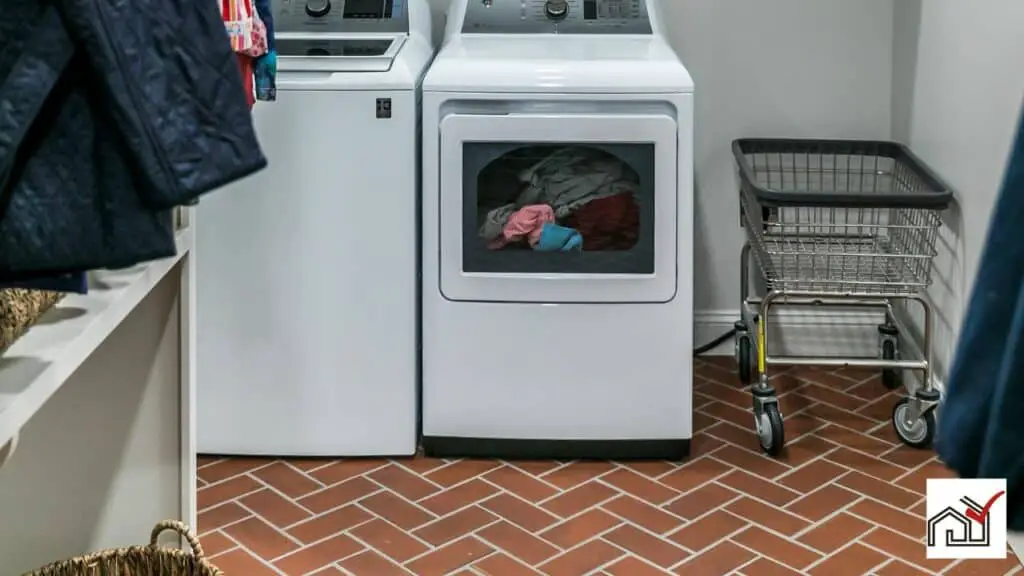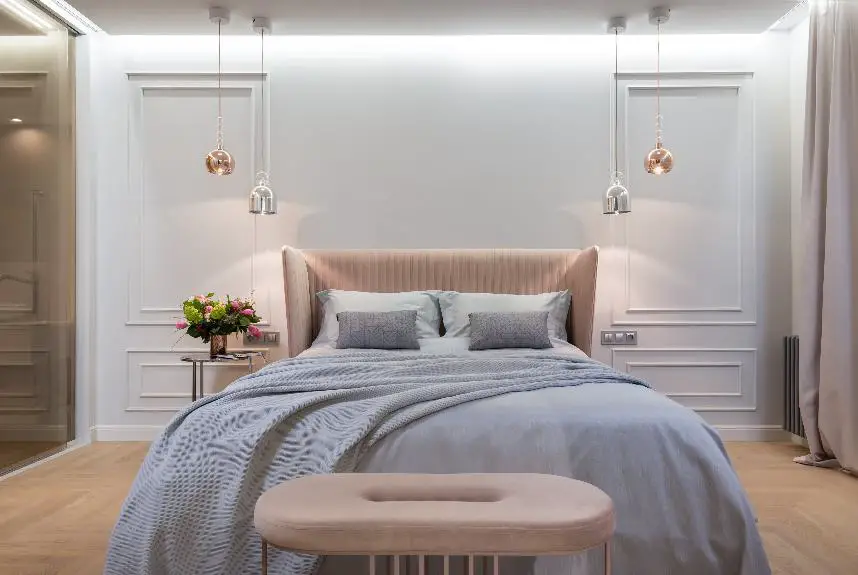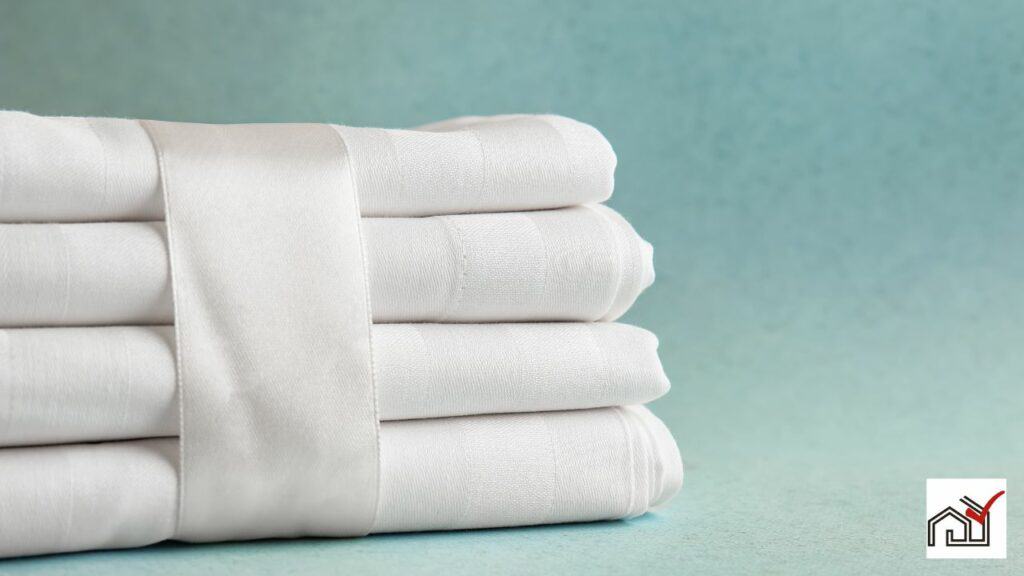Having a washer or dryer in a master closet can make laundry tasks more convenient by placing these machines near where clothes are kept. This setup is particularly useful in homes with multiple floors, as it reduces the need to carry laundry up and down stairs.
However, there are several downsides to consider. The closet space may be limited, requiring smaller appliances. Noise from the machines can be disruptive. Installation may require additional plumbing and electrical work. The closet's temperature and humidity may be affected, and maintenance could be more challenging. The presence of these appliances might also influence the home's resale value.
It's important for homeowners to weigh these pros and cons before making a decision.
Streamlined Laundry Process
Putting a washer and dryer in the master closet simplifies the laundry process. It eliminates the need to carry clothes to a different part of the house, as washing and drying can be done where you get dressed. The master closet is usually large enough to fit these appliances without losing storage space. This setup makes it easier to put clothes away right after drying, which helps prevent wrinkles and reduces the need for ironing.
Having laundry appliances in the closet also allows you to do laundry while dressing or grooming. It's convenient for busy schedules, as you can quickly wash clothes without planning around others' use of communal laundry areas. Moreover, laundry can be done privately at any time without disturbing others in the house.
The integration of these appliances into the master closet supports a more efficient laundry routine suitable for contemporary lifestyles.
Space Efficiency Concerns
Installing a washer and dryer in a master closet reduces the space available for storage and hanging clothes. This can result in a more crowded area, necessitating better organization or a reduction in belongings.
The operation of these appliances can also affect the closet environment. They produce vibration and noise, which may disturb the tranquility of the master bedroom area. The heat and moisture from the dryer can affect clothing and the condition of the closet, potentially causing mold and affecting the longevity of the space.
If a washer or dryer malfunctions, there could be water damage, requiring repairs and further reducing usable space.
A separate laundry room avoids these issues by keeping laundry activities separate from clothing storage, maintaining closet space solely for storage. Placing a washer and dryer in a master closet should be carefully considered for space efficiency versus convenience.
Noise Level Considerations
Having a washer or dryer in the master closet can lead to noise disruptions, especially at night. The machines produce sounds that may interfere with sleep, such as humming and thumping during cycles, and loud signals when a cycle finishes. This is a concern for people who do laundry at night due to lower energy costs or a packed daytime schedule.
When placing laundry appliances near bedrooms, it's important to consider their noise levels. Even modern machines with noise-reducing features can be loud enough to disturb sleep. Since good sleep is essential for health, mood, and cognitive function, the decision to install laundry machines close to where people sleep should be carefully considered.
Additionally, morning routines may overlap with the machines' operation, increasing noise when a quiet environment is often preferred. While having laundry machines nearby is convenient, one must evaluate if this convenience is worth the potential noise issues during rest periods.
Plumbing and Wiring Requirements
When installing laundry appliances in the master closet, it's important to address both the noise and the significant plumbing and wiring needs.
Homeowners should be aware that installing a washer requires hot and cold water lines, as well as a drain line for wastewater. A dryer needs proper ventilation to the outside, which may be difficult and expensive depending on the home's structure.
Both appliances require dedicated electrical circuits to handle their power requirements, often necessitating a professional to ensure the electrical system can support the load and that the installation complies with building codes.
The laundry setup in the master bedroom closet increases plumbing and wiring demands. Appliances need to be placed where they can connect to existing plumbing or where new lines can be added, which can be complex and potentially disruptive.
Connections must be carefully placed to reduce water damage risk and allow for easy maintenance.
Climate Control Challenges
Integrating a washer and dryer into a master closet presents climate control challenges such as managing heat output and ensuring proper ventilation. Dryers generate heat, which can lead to an uncomfortable increase in temperature in the closet and adjacent rooms. This can be problematic for preserving the quality of certain fabrics.
Additionally, washers and dryers produce moisture, increasing the risk of mildew and musty odors that can affect clothing freshness. A well-designed ventilation system is essential to prevent moisture accumulation and maintain a dry environment.
Maintaining the right temperature and humidity levels is also important to protect delicate garments from damage, such as fading or losing shape. A stable closet environment is crucial when a washer and dryer are in close proximity to clothing.
Impact on Resale Value
Homeowners often worry about how placing a washer and dryer in the master closet might affect their home's resale value. The decision can provide convenience, but might not appeal to every buyer. Some may find the placement unconventional and off-putting.
Having laundry appliances in the master suite closet could be a selling point for those who value convenience, potentially increasing resale value for a certain demographic. In contrast, buyers who prefer a separate laundry room may view this setup negatively, worrying about noise and disruption near the sleeping area.
The installation of these appliances must be done correctly to avoid negatively impacting resale value. Proper venting, especially for a second-floor laundry, and demonstrating that the appliances are well-maintained can reflect the homeowner's commitment to quality, which may enhance the home's appeal to detail-oriented buyers.
Maintenance and Accessibility
When installing laundry appliances in a master closet, it is important to ensure they are maintained properly and are accessible. Washers and dryers need regular maintenance, such as lint removal, refilling fabric softeners, and deep cleaning to avoid mold. Positioning them in the bedroom closet can make it easier to remember these tasks.
The layout of the closet should allow easy access to the appliances, including space to open doors and handle laundry. If the closet is not large enough, this could interfere with its primary use for storing clothes.
Proper ventilation is essential when placing a dryer in a closet to prevent moisture accumulation that could cause dampness. The design must accommodate the dryer's exhaust needs.
Energy consumption varies. Having appliances nearby encourages smaller, more frequent laundry loads, which can save electricity. However, poor maintenance or installation may increase energy use. Finding a balance between maintenance and accessibility is crucial to enjoy the convenience without compromising bedroom comfort and functionality.




